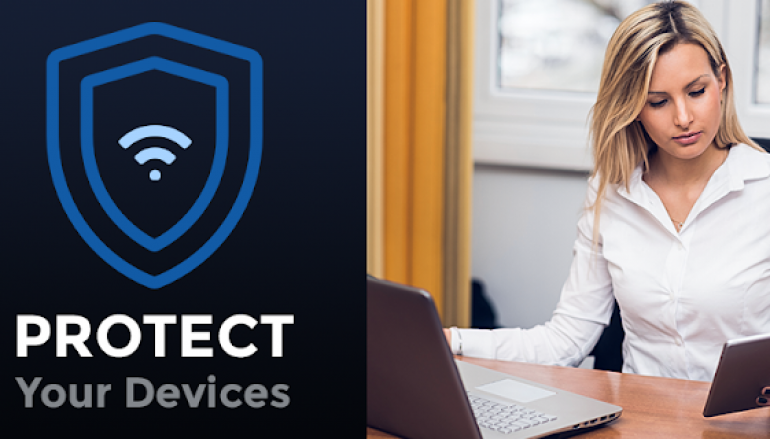
Tips to Protect Your Devices and Data From Cyber Attack
Cybersecurity is becoming more and more of an issue with each passing day: more companies are being breached, more people are getting scammed by cybercriminals, and being on the Internet is itself becoming a security threat.
But what are some of these threats? How does someone protect themselves against them? Let’s go over a few of the threats really quick.
The WannaCry ransomware attacks of 2017 influenced a new generation of hackers to follow in the same footsteps. Nowadays, it seems every hacker uses some form of ransomware. In a survey done by Blackfog.com, a business suffers from a ransomware attack every 11 seconds. And that doesn’t even scratch the individuals affected by these attacks.
Ransomware locks users out of their devices, access being given back once said user pays a modest fee (usually in Bitcoin). Getting back access is a gamble, however, as many ransomware programs permanently lock the device in question.
2. Data Leaks
There are plenty of reasons why data leaks occur, such as:
- Companies not taking cybersecurity seriously,
- Major hacks to a company’s internal systems (read: the above point)
- Network hacks
- Hacked accounts
- And more.
Data leaks occur when data is unauthorizedly transmitted from a corporation to a hacker or organization. This, in turn, puts the people that the data belongs to at risk, since their data is now out on the open Internet.
Like ransomware attacks, data leaks have become much more commonplace, with even big corporations like Equifax suffering from them. The damage done by the Equifax data breach shows how damaging leaks can be and why it’s important to be wary.
Knowing the threats that plague the Internet is vital to defending against them. Speaking of defending against these threats, why not go over a few of the programs that help defend against said threats?
1. Vulnerability Scanners
Vulnerability scanners don’t “defend” devices, per se. Instead, vulnerability scanners inspect a device and its associated network in order to determine whether or not there are any present vulnerabilities–vulnerabilities that present a significant risk.
Vulnerability scanners are essential to strong cybersecurity; it’s impossible to know everything wrong with a network or device with just a quick glance, but vulnerability scanners catch everything.
2. VPNs
VPNs, also known as virtual private networks, accomplish two things: anonymizing a device’s network activity and masking the IP address of said device. Both of these together help give users anonymity while on the Internet, masking their presence from cybercriminals, governments, organizations, and vice versa.
Installing a VPN app is a good first step to tightening up your cybersecurity. Don’t count on it alone, of course, but be sure to look into adding one to your devices.
3. Anti-Malware Scanners
Anti-virus software comes bundled with virtually every laptop or desktop sold through major retailers, yet many don’t include–or even discuss–anti-malware.
Anti-virus programs are great at detecting the more significant threats to pop-up on a network, such as viruses, worms, and trojans, but anti-malware software is better equipped to detect adware, keyloggers, and ransomware: the other “wares” anti-viruses can’t pick up.
Cybercriminals and hackers have become smarter as time’s gone on. No longer can users afford to ignore proper cybersecurity etiquette; to ignore cybersecurity is to sign their data leak warrant.
Fortunately, the Internet is ripe with ways to secure devices, some of them listed here. Using these is a good first step to creating a more secure network and device ecosystem, helping you fend off any potential threats.
This post Tips to Protect Your Devices and Data From Cyber Attack originally appeared on GB Hackers.






